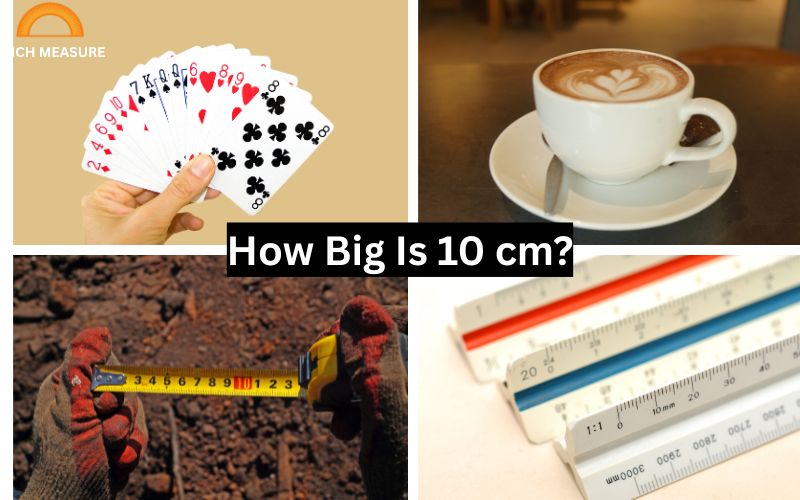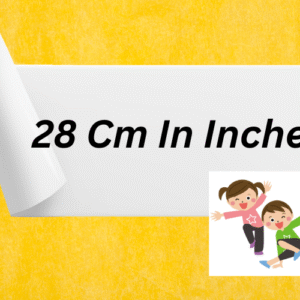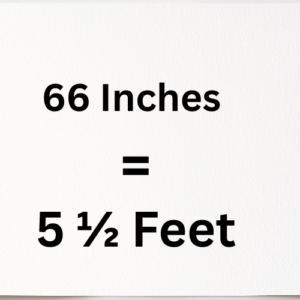Imagine holding a small object in your hand—something familiar, like a smartphone, a pen, or a credit card. Now, picture a length of exactly 10 centimeters. It’s not too long, not too short, but just right to fit comfortably in your palm or pocket. But how big is 10 cm, really? This seemingly modest measurement is surprisingly common in our daily lives, yet many of us struggle to visualize it without a ruler. In this comprehensive article, we’ll dive deep into the concept of 10 centimeters, exploring its significance, how it compares to other measurements, and why it matters in various contexts. From everyday objects to scientific applications, we’ll uncover the versatility of this small but mighty unit of length.
The metric system, with its elegant simplicity, uses the centimeter as a fundamental unit of length. One centimeter is one-hundredth of a meter, and 10 centimeters is a tidy, manageable distance that appears in countless places—your kitchen, your office, your toolbox, and even nature. This article will not only help you visualize 10 cm but also provide a detailed look at 11 everyday items that measure approximately 10 cm, each accompanied by a thorough explanation. Along the way, we’ll include tables to clarify conversions, comparisons, and practical uses, ensuring you leave with a crystal-clear understanding of this measurement. Whether you’re a student, a DIY enthusiast, or simply curious, this guide is your one-stop resource for mastering the concept of 10 cm.
Understanding the Centimeter: A Quick Primer
Before we explore the size of 10 cm, let’s establish what a centimeter is. The centimeter (cm) is a unit of length in the metric system, equal to 0.01 meters. It’s widely used around the world, especially in countries that have adopted the metric system as their standard for measurements. For context, 1 cm is roughly the width of a standard paperclip or the diameter of a small coin, like a U.S. dime.
Ten centimeters, then, is 10 times that length—still small enough to be portable but large enough to be noticeable. To put it in perspective, 10 cm is equivalent to 100 millimeters (mm) or 0.1 meters (m). In the imperial system, 10 cm is approximately 3.94 inches, just shy of 4 inches. This makes it a convenient size for objects we handle daily, from tools to tech gadgets.
To help visualize, think of 10 cm as about the length of a standard smartphone’s width or the height of a small stack of Post-it notes. It’s a length that’s easy to estimate with a little practice, especially when you start recognizing objects that are consistently around this size.
Conversion of 10 cm to Other Units
| Unit | Equivalent to 10 cm |
| Millimeters (mm) | 100 mm |
| Meters (m) | 0.1 m |
| Inches (in) | 3.94 in |
| Feet (ft) | 0.328 ft |
| Yards (yd) | 0.109 yd |
This table provides a quick reference for converting 10 cm into other common units of measurement, both metric and imperial. These conversions are particularly useful when working in mixed-unit environments, such as international projects or DIY tasks.
Why 10 cm Matters
The 10 cm measurement is significant because it strikes a balance between being small enough for precision and large enough for practical use. In science, engineering, and design, 10 cm often appears as a standard size for components, tools, or samples. For example, in biology, a 10 cm Petri dish is a common tool for growing cultures. In construction, 10 cm blocks or tiles are frequently used for their manageable size.
In everyday life, 10 cm is a length we encounter without even realizing it. It’s the size of many household items, from kitchen utensils to personal accessories. Understanding this measurement helps us make informed decisions, whether we’re buying a new phone, measuring furniture, or estimating space in a room. It’s also a useful benchmark for estimating other lengths—once you know what 10 cm looks like, you can use it to gauge larger or smaller distances.
Comparing 10 cm to the Human Body
To make 10 cm more relatable, let’s compare it to parts of the human body. The average adult hand, from the tip of the thumb to the base of the palm, is roughly 10 cm long. Similarly, the width of an adult’s palm (excluding the thumb) is often close to 10 cm. These natural “rulers” make it easier to estimate 10 cm without a measuring tool.
For children, 10 cm might be closer to the length of their entire hand or the distance from their wrist to the base of their fingers. By using these body-based references, you can develop an intuitive sense of 10 cm, which is especially handy in situations where a ruler isn’t available.
11 Everyday Items That Are 10 cm Big
To bring the concept of 10 cm to life, let’s explore 11 common objects that measure approximately 10 cm in length, width, or height. Each section below provides a detailed description of the item, its uses, and why its size is significant. These examples will help you anchor your understanding of 10 cm in the real world.
1. A Standard Smartphone
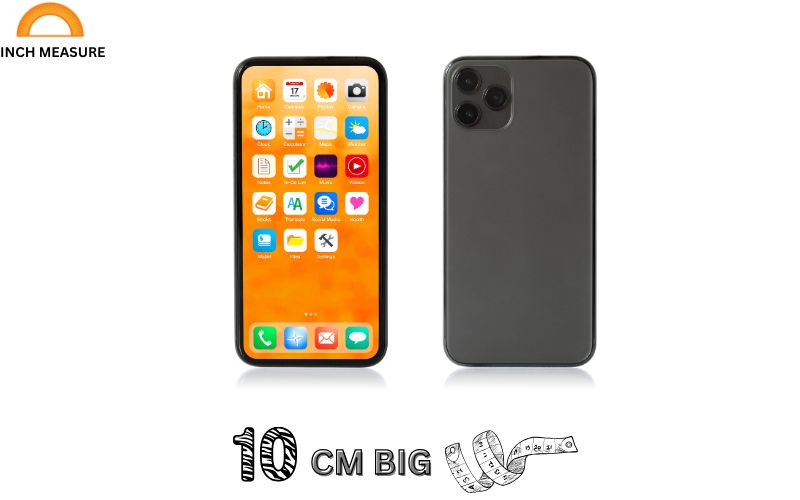
Smartphones are ubiquitous, and many of them have a width or height close to 10 cm. For instance, the width of a typical smartphone, such as an iPhone or Samsung Galaxy, is often around 7–8 cm, but older or smaller models, like compact versions or flip phones, may have a length closer to 10 cm when closed. The diagonal screen size of some budget or mid-range phones also hovers around 10 cm (about 4 inches).
Why is this size significant? A 10 cm smartphone is designed for portability and ease of use. It fits comfortably in your hand, making it easy to type, swipe, or hold during calls. The 10 cm dimension also influences screen size, which affects readability and user experience. For example, a phone with a 10 cm screen diagonal offers a balance between a compact form factor and a display large enough for browsing or watching videos.
Beyond functionality, the 10 cm size makes smartphones easy to carry in pockets or small bags. Manufacturers carefully design phones to fit within these ergonomic constraints, ensuring they’re neither too bulky nor too small to use effectively. Next time you hold your phone, take a moment to estimate its dimensions—you might be surprised how close it is to 10 cm.
2. A Credit Card
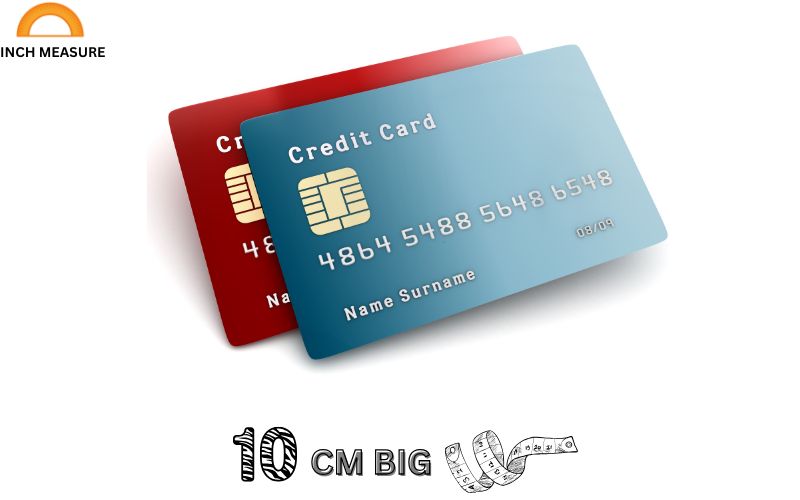
A standard credit card, debit card, or ID card measures approximately 8.6 cm by 5.4 cm, but when you consider its diagonal length, it’s very close to 10 cm (about 10.2 cm). This makes a credit card an excellent reference for visualizing 10 cm.
Credit cards are designed to be compact yet durable, fitting easily into wallets, purses, or cardholders. The near-10 cm diagonal length ensures they’re large enough to display necessary information (like card numbers and names) while remaining portable. This size also makes them easy to handle during transactions, whether you’re swiping, tapping, or inserting the card into a reader.
The 10 cm diagonal is a practical choice for card design, as it aligns with the average hand size, making it easy to grip without being cumbersome. Next time you pull out your credit card, try estimating its diagonal length—it’s a great way to internalize the 10 cm measurement.
3. A Ballpoint Pen
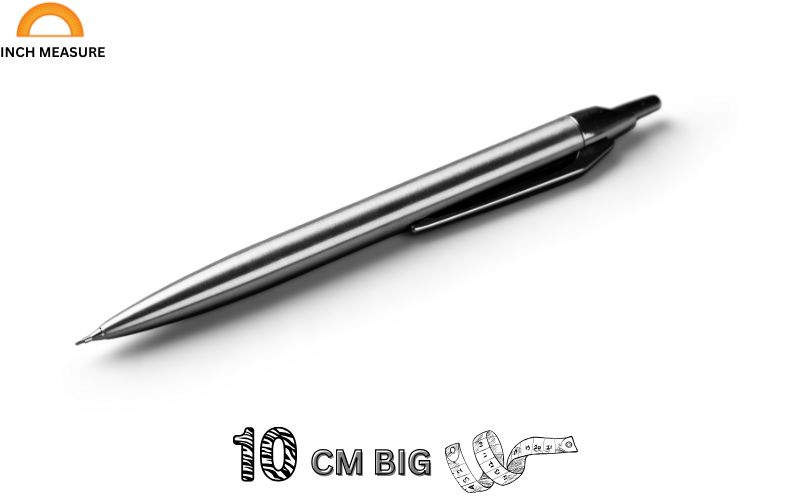
A standard ballpoint pen, such as a Bic Cristal or a generic office pen, is often around 10 cm long when capped. This length is ideal for writing instruments, as it provides enough space for a comfortable grip while remaining portable.
Pens are everyday tools used by students, professionals, and artists. A 10 cm pen fits neatly into pencil cases, shirt pockets, or desk organizers. Its length allows for a balanced weight distribution, making it easy to write or draw for extended periods without causing hand fatigue. The 10 cm size also accommodates the internal ink reservoir, ensuring the pen lasts through multiple uses before needing a refill.
Interestingly, the 10 cm length is a standard for many writing instruments, from mechanical pencils to high-end fountain pens. This consistency makes pens a reliable reference for estimating 10 cm in various settings, whether you’re in a classroom or a meeting.
4. A Kitchen Knife (Blade Length)
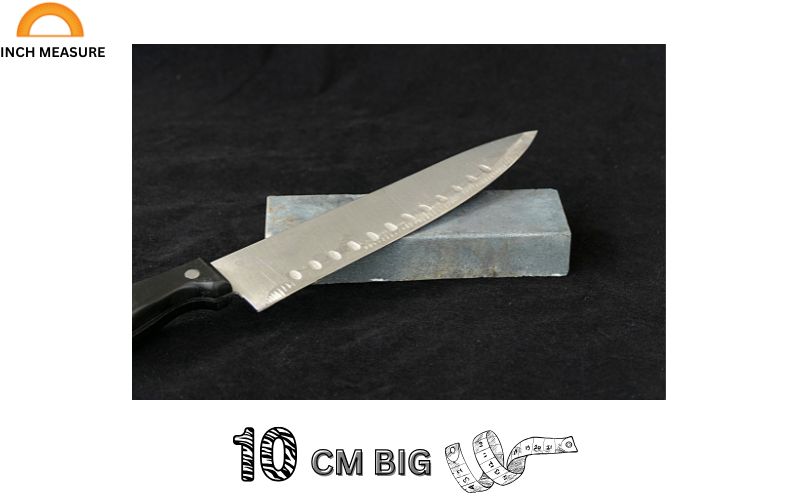
The blade of a small kitchen knife, such as a paring knife, is often around 10 cm long. Paring knives are used for precise tasks like peeling fruit, trimming vegetables, or mincing herbs. The 10 cm blade length is ideal for these tasks because it offers enough cutting surface for control without being unwieldy.
In the kitchen, a 10 cm knife blade strikes a balance between versatility and safety. It’s long enough to handle small to medium-sized ingredients but short enough to avoid the intimidation factor of larger chef’s knives. This size also makes it easy to store in a knife block or drawer.
When you’re chopping vegetables or preparing a meal, take a look at your paring knife’s blade. Its 10 cm length is a perfect example of how this measurement translates into practical, everyday use.
5. A Paperback Book (Width)
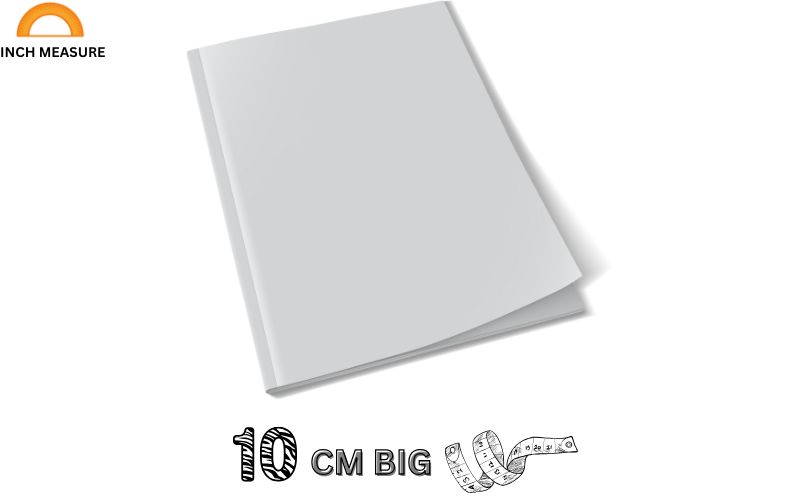
The width of a standard paperback book is often close to 10 cm. Paperbacks are designed to be portable and affordable, making them a popular choice for readers. The 10 cm width allows the book to fit comfortably in one hand, making it easy to read on the go.
This size also influences the book’s page count and font size. A 10 cm wide paperback can accommodate a readable font without feeling cramped, while still being compact enough to slip into a bag or backpack. Publishers choose this dimension to balance readability with portability, ensuring readers can enjoy their books anywhere.
Next time you pick up a paperback, check its width. It’s likely close to 10 cm, making it a handy reference for this measurement.
6. A Standard Ruler (Partial Length)
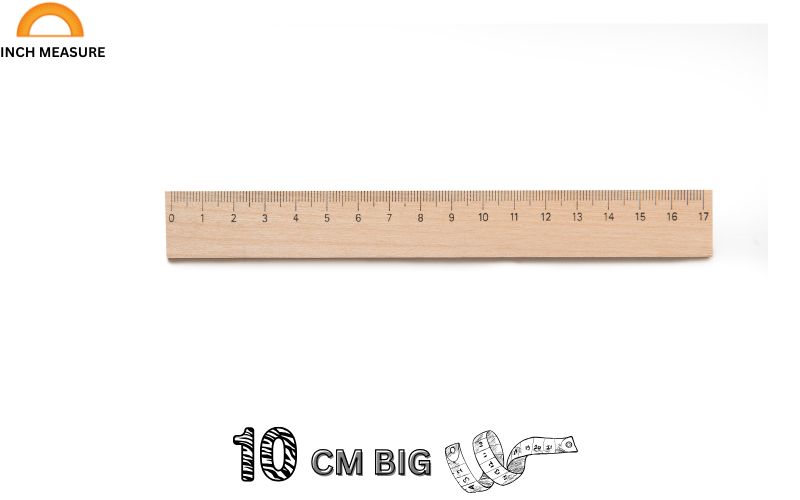
A standard 30 cm ruler is a common tool in schools and offices, and one-third of its length is exactly 10 cm. While rulers are designed to measure, they also serve as a physical representation of 10 cm when you focus on the first 10 cm segment.
Rulers are typically made of plastic, wood, or metal, and their 10 cm segment is often marked with clear, precise increments. This makes them an excellent tool for both measuring and visualizing 10 cm. Whether you’re drawing a line, measuring a piece of paper, or checking the size of an object, the 10 cm mark on a ruler is a reliable benchmark.
Students and professionals alike use rulers daily, and the 10 cm segment is a practical length for small-scale measurements. Next time you use a ruler, note the 10 cm mark—it’s a perfect way to reinforce your understanding of this measurement.
7. A Coffee Mug (Height)
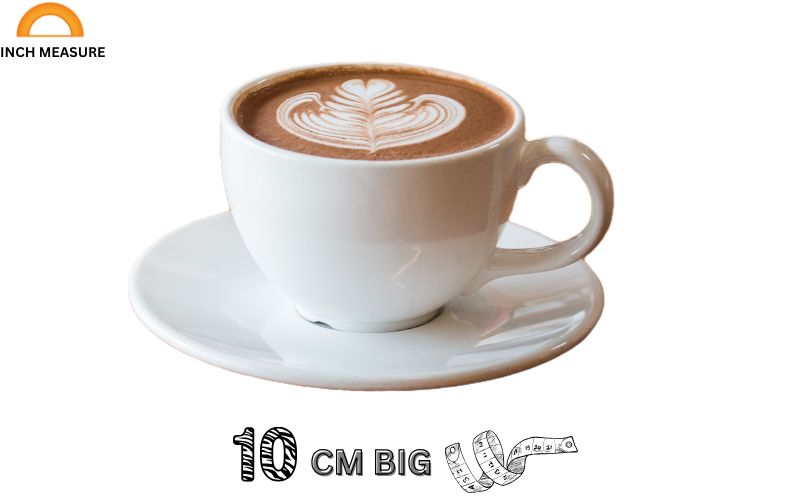
Many standard coffee mugs have a height of approximately 10 cm. This size is ideal for holding a single serving of coffee, tea, or hot chocolate—typically around 8–12 ounces (240–350 ml). The 10 cm height allows the mug to hold enough liquid for a satisfying drink while remaining easy to handle.
The 10 cm height also affects the mug’s design. It’s tall enough to provide a good grip but short enough to fit comfortably in most hands. This size also makes mugs stackable, saving space in kitchen cabinets. Whether you’re sipping coffee at home or in the office, a 10 cm tall mug is a familiar sight.
Next time you reach for your favorite mug, estimate its height. It’s likely close to 10 cm, making it a great real-world example of this measurement.
8. A Mouse Pad
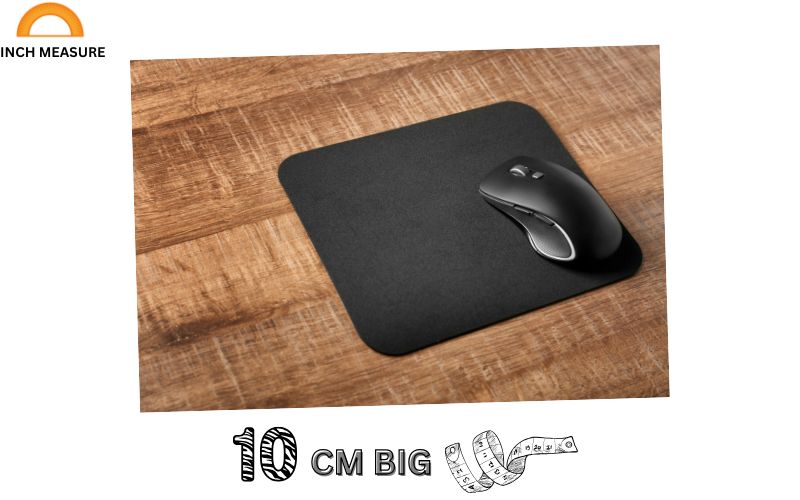
A small or medium-sized mouse pad is often around 10 cm in width or length. Mouse pads are designed to provide a smooth surface for computer mice, and their size is tailored to fit on desks without taking up too much space.
A 10 cm mouse pad is ideal for compact setups, such as laptops or small workstations. It provides enough room for precise mouse movements while remaining portable. Many mouse pads also feature ergonomic designs, with wrist rests or non-slip bases, and the 10 cm dimension ensures they’re functional without being bulky.
If you use a computer regularly, take a look at your mouse pad. Its 10 cm width or length is a practical example of this measurement in action.
9. A Deck of Playing Cards
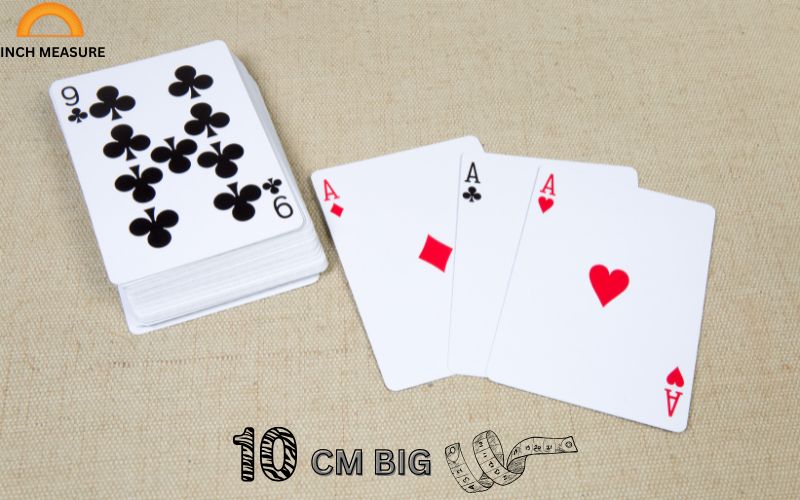
A standard deck of playing cards, when stacked, is often close to 10 cm in length. Playing cards are used for games, magic tricks, or even building card houses, and their size is standardized for ease of use.
The 10 cm length (typically the longer dimension of the deck) makes it easy to shuffle, deal, or hold the cards in your hand. This size also ensures the deck fits comfortably in a box or your pocket. Whether you’re playing poker, solitaire, or bridge, the 10 cm deck is a familiar and portable size.
Next time you play a card game, check the length of the deck. It’s a great way to visualize 10 cm in a fun, everyday context.
10. A Small Picture Frame
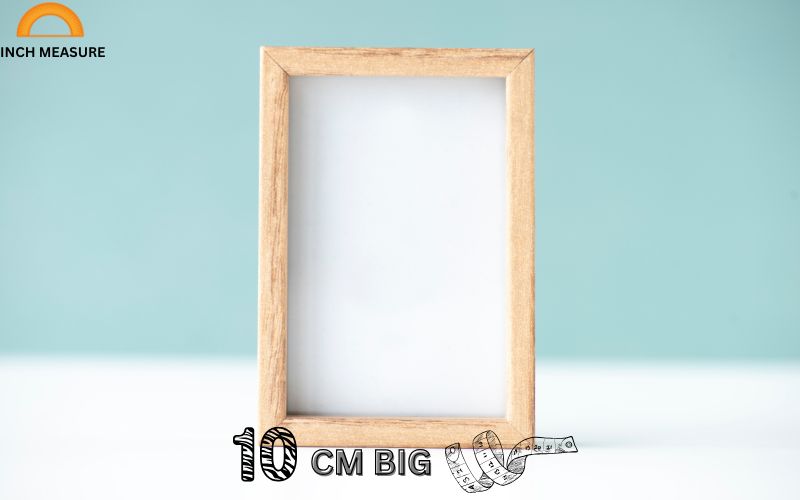
A small picture frame, such as one designed for a 4×6 inch photo, often has a width or height close to 10 cm. These frames are popular for displaying family photos, artwork, or mementos on desks, shelves, or nightstands.
The 10 cm dimension makes these frames compact yet eye-catching. They’re large enough to showcase a photo clearly but small enough to fit in tight spaces. The frame’s size also influences its weight, making it easy to move or rearrange as needed.
If you have a small picture frame at home, measure its width or height. It’s likely close to 10 cm, providing another practical reference for this measurement.
11. A Standard Teaspoon
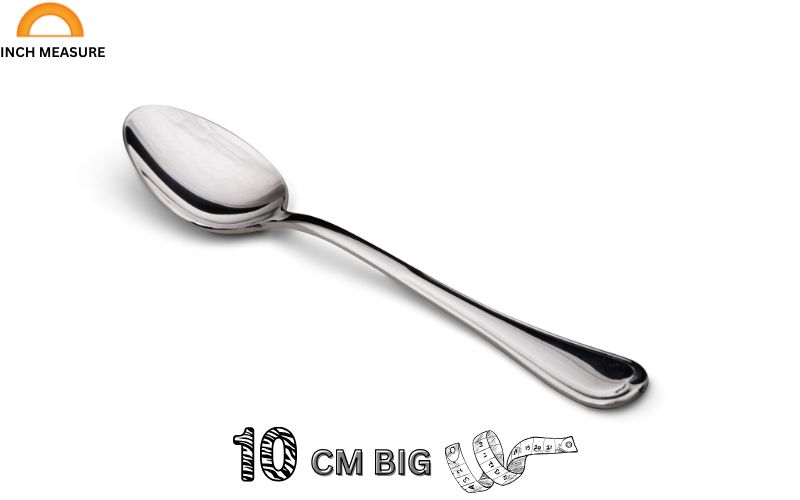
A standard teaspoon, used for measuring ingredients or stirring drinks, is often around 10 cm long. This length includes the handle and bowl of the spoon, making it a versatile tool in the kitchen.
The 10 cm size is ideal for teaspoons because it allows for precise measurements (typically 5 ml) while being easy to handle. The handle length ensures a comfortable grip, whether you’re scooping sugar or stirring coffee. Teaspoons are also stackable, making them easy to store in drawers or utensil holders.
Next time you use a teaspoon, take a moment to estimate its length. Its 10 cm size is a perfect example of how this measurement appears in everyday life.
Practical Applications of 10 cm
Beyond everyday objects, 10 cm is a critical measurement in various fields. In science, 10 cm is a common size for lab equipment, such as Petri dishes or test tubes. In engineering, components like screws, bolts, or circuit boards often have dimensions close to 10 cm. In fashion, 10 cm is a standard length for accessories like bracelets or watch bands.
In DIY projects, 10 cm is a useful benchmark for cutting materials, spacing objects, or designing layouts. For example, when building a shelf, you might space brackets 10 cm apart for stability. In gardening, 10 cm is a common depth for planting certain seeds or bulbs.
Applications of 10 cm in Different Fields
| Field | Example Use of 10 cm |
| Science | Petri dish diameter for cell cultures |
| Engineering | Length of small circuit boards or screws |
| Fashion | Width of a watch face or bracelet |
| DIY | Spacing for shelf brackets or wall hooks |
| Gardening | Planting depth for bulbs or small plants |
This table highlights how 10 cm is a versatile measurement across industries, making it a valuable reference point for professionals and hobbyists alike.
Visualizing 10 cm Without a Ruler
What if you don’t have a ruler handy? Here are some tips for estimating 10 cm using everyday references:
- Use your hand: As mentioned earlier, the length of an adult thumb or the width of a palm is often close to 10 cm.
- Compare to objects: Keep in mind items like a credit card, pen, or teaspoon, which are consistently around 10 cm.
- Fold a piece of paper: A standard A4 sheet of paper is 29.7 cm long. Fold it into thirds, and one section will be roughly 10 cm.
- Use your phone: If you know your phone’s width or height, use it as a reference to estimate 10 cm.
With practice, you’ll develop a knack for estimating 10 cm accurately, making it easier to measure objects or spaces on the fly.
Cultural and Historical Context of 10 cm
The centimeter, and by extension 10 cm, is rooted in the metric system, which was developed during the French Revolution in the late 18th century. The metric system was designed to be universal, based on natural phenomena (the meter was originally defined as one ten-millionth of the distance from the equator to the North Pole). The centimeter, as a smaller unit, became a practical choice for everyday measurements.
In different cultures, the use of 10 cm varies. In countries that primarily use the imperial system, like the United States, 10 cm is often translated to approximately 4 inches for easier understanding. However, in metric-dominant countries like France, Japan, or Australia, 10 cm is a standard reference for everything from school supplies to construction materials.
Historically, 10 cm has been a benchmark for precision. For example, early scientific instruments, like calipers or rulers, were often marked in centimeters, with 10 cm being a common interval for calibration. Today, 10 cm remains a practical and widely recognized measurement worldwide.
You May Also Need To Know: How Big Is 2 Cm?
Conclusion
Ten centimeters may seem like a small measurement, but its presence in our lives is anything but insignificant. From the smartphones we carry to the tools we use, 10 cm is a versatile and practical length that shapes the design and function of countless objects. By exploring the 11 everyday items listed above, you’ve gained a tangible sense of how big 10 cm is and how it fits into your world.
Whether you’re measuring, designing, or simply curious, understanding 10 cm gives you a new perspective on the objects around you. Next time you pick up a pen, sip from a mug, or shuffle a deck of cards, take a moment to appreciate the 10 cm dimension that makes these items so functional and familiar. With this knowledge, you’re better equipped to estimate, compare, and work with this measurement in any context.
Convert Inches to Meters, cm, mm, and Feet
Converted Values:
Meters (m): 1.016
Centimeters (cm): 101.60
Millimeters (mm): 1016.00
Feet (ft): 3.33

